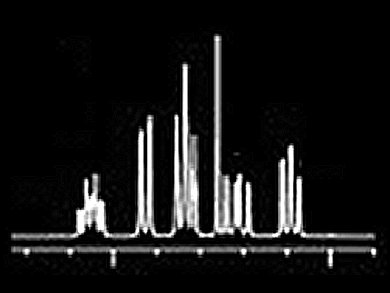Amines and their chiral derivatives are important compounds in organic synthesis, particularly for the construction of natural products and due to their biological activity. The determination of chirality and enantiomeric excess is usually quite a long-winded process.
Nagaraja Suryaprakash, NMR Research Centre, Indian Institute of Science, Bangalore, India, and colleagues have developed a technique for proton nuclear magnetic resonance (1H NMR) spectroscopy that allows to quickly and easily determine the chirality of amines.
The team uses an “in-tube” approach meaning that the protocol can be accomplished in a couple of minutes directly in the NMR sample tube. A chiral ammonium borate salt forms from a mixture of the C2-symmetric chiral reagent 1,1′-bi-2-naphthol (BINOL), trialkoxyborane, and the chiral amines being investigated. By this the enantiopurity of chiral primary, secondary and tertiary amines, and their derivatives chiral amino alcohols were tested. The big advantage of this method, aside from the fact that it takes only a couple of minutes to carry out, is that no separation science is required.
- In Situ Approach for Testing the Enantiopurity of Chiral Amines and Amino Alcohols by 1H NMR,
Sandeep K Mishra, Sachin Rama Chaudhari, Nagaraja Rao Suryaprakash,
Org. Biomol. Chem. 2013,
DOI: 10.1039/C3OB41671B




